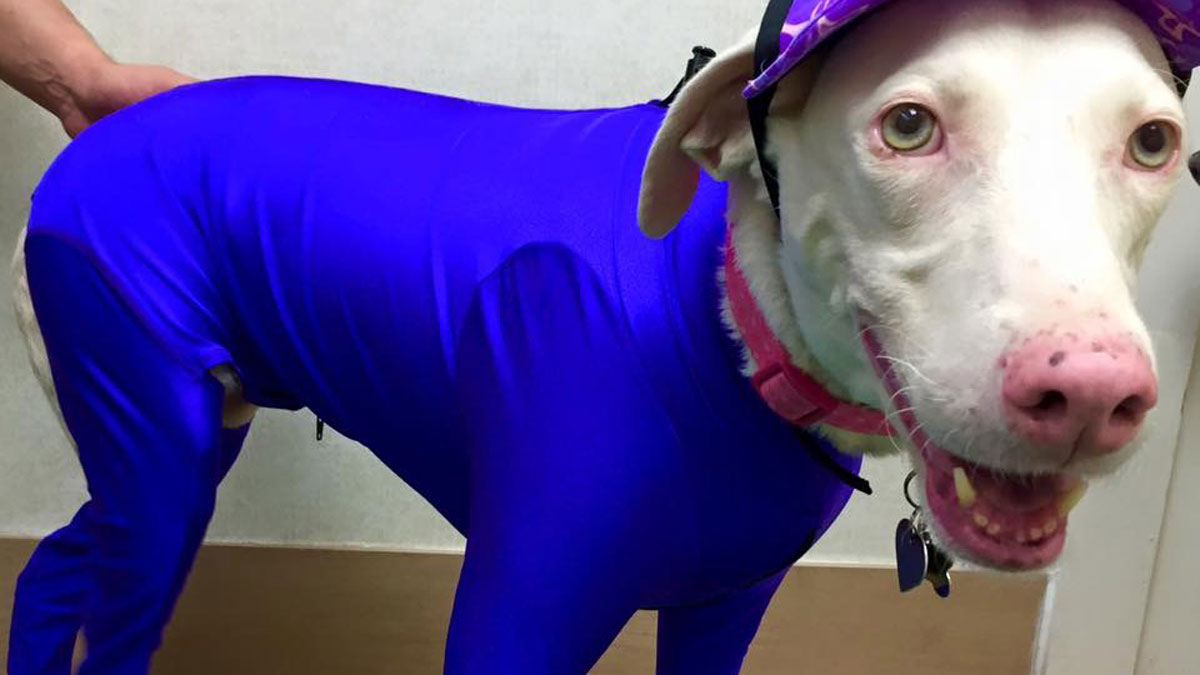Summer means more time spent at the beach or poolside, enjoying outdoor adventures and going on vacations. While it can be tough to beat the heat outdoors, there are a few steps you can take to protect yourself from the sun’s UV rays.
It’s heating up in the Sunshine State once again, and with temperatures soaring, it also means you need to be mindful of the sun exposure you and your family are getting, especially the UV rays.
What are UV Rays?
According to the American Cancer Society, UV, or ultraviolet, is a form of radiation. Only this form of radiation comes primarily from the sun’s rays, as well as a few man-made sources like tanning beds or welding torches. There are three forms of ultraviolet radiation: UVA, UVB and UVC. The sun produces all three, but UVA and UVB are the most damaging rays. UVB rays in particular have the most energy of all and are thought to be the major contributor to most skin cancers.
Protecting Yourself from the Sun
Regardless of which types of UV rays are causing damage, the steps for protecting yourself are the same. Here are some top tips from medical experts for protecting yourself from sunburn, skin damage and even skin cancer related to the sun:
- Educate and avoid. As with most dangerous things, avoidance is the best approach for keeping yourself sun safe. This isn’t always possible, of course, but you can protect yourself by checking the daily UV index and trying to steer clear of the outdoors on days when it’s very high. Also keep in mind that UV rays are stronger in the spring and summer months and between the hours of 10 a.m. and 4 p.m.
- Find some shade. If you need to be outside, then stick to the shade of a tree, building, umbrella or other object to keep yourself safe. However, the Skin Cancer Foundation says that UV rays can still affect you even in the shade, so be sure to use some of the other sun-protection methods discussed here as well.
- Cover up. Long-sleeve shirts, wide-brimmed hats, sunglasses and pants are great methods for keeping the sun off your sensitive skin in the summer months. While wearing long sleeves and pants on a hot summer day may not seem appealing, many of the newest fabrics are lightweight and breathable to be more comfortable. Also be sure to look for clothes that are UPF (ultraviolet protection factor) rated to protect you from the sun, as well as UV-blocking sunglasses. A hat with at least 3 inches of brim all the way around will protect your neck and ears, as well as your face.
- Choose the right sunscreen. Of course, the primary weapon for protecting yourself from UV rays is sunscreen. The three key factors you’ll want to look for here are 1) broad-spectrum protection, 2) water resistance and 3) an SPF of 30 or higher.
- Apply (and reapply) it right. The American Academy of Dermatology recommends applying sunscreen to all skin that clothing will not cover, paying careful attention to the neck, ears, feet and the top of your head. You should also reapply every two hours, or more frequently if you are swimming or sweating.
- Make sure kids are protected. If you have little ones, they are particularly vulnerable to the sun. Sunscreen is typically not recommended for babies less than 6 months old, so keep them clothed and shaded or out of the sun entirely when possible. At the age of 6 months, you can begin using sunscreen along with other protective clothing and hats to keep your child safe in the sun.
Be Skin Cancer Aware
Of course, sunburn and skin damage are possible unpleasant effects of sun exposure, but perhaps the most concerning impact is an increased risk of skin cancer. Luckily, the Skin Cancer Foundation notes this is one form of cancer that you can often detect early with your own eyes. To stay safe, the foundation recommends examining your skin head-to-toe once every month. While you are doing so, look for any of the following unusual signs or symptoms:
- An open sore that persists for three weeks or longer
- A sore or spot that crusts, scabs, bleeds, hurts or itches
- Any skin growth that increases in size and is multicolored, black, brown, tan or transparent
- A mole, spot or birthmark that grows, changes color or is larger than a pencil eraser
If you notice any of these signs or symptoms, it’s a good idea to schedule an appointment with your dermatologist to get it checked out as soon as possible.









 Deering Estate
Deering Estate
 Massage Envy South Miami
Massage Envy South Miami
 Calla Blow Dry
Calla Blow Dry
 My Derma Clinic
My Derma Clinic
 Sushi Maki
Sushi Maki
 Sports Grill
Sports Grill
 The Healthy Kitchen
The Healthy Kitchen
 Golden Rule Seafood
Golden Rule Seafood
 Malanga Cuban Café
Malanga Cuban Café

 Kathleen Ballard
Kathleen Ballard
 Panter, Panter & Sampedro
Panter, Panter & Sampedro
 Vintage Liquors
Vintage Liquors
 The Dog from Ipanema
The Dog from Ipanema
 Rubinstein Family Chiropractic
Rubinstein Family Chiropractic
 Your Pet’s Best
Your Pet’s Best
 Indigo Republic
Indigo Republic




 ATR Luxury Homes
ATR Luxury Homes


 2112 Design Studio
2112 Design Studio
 Hamilton Fox & Company
Hamilton Fox & Company
 Creative Design Services
Creative Design Services
 Best Pest Professionals
Best Pest Professionals
 HD Tree Services
HD Tree Services
 Trinity Air Conditioning Company
Trinity Air Conditioning Company
 Cisca Construction & Development
Cisca Construction & Development
 Mosquito Joe
Mosquito Joe
 Cutler Bay Solar Solutions
Cutler Bay Solar Solutions


 Miami Royal Ballet & Dance
Miami Royal Ballet & Dance
 Christopher Columbus
Christopher Columbus
 Pineview Preschools
Pineview Preschools
 Westminster
Westminster
 Carrollton
Carrollton
 Lil’ Jungle
Lil’ Jungle
 Frost Science Museum
Frost Science Museum
 Palmer Trinity School
Palmer Trinity School
 South Florida Music
South Florida Music
 Pinecrest Orthodontics
Pinecrest Orthodontics
 Dr. Bob Pediatric Dentist
Dr. Bob Pediatric Dentist
 d.pediatrics
d.pediatrics
 South Miami Women’s Health
South Miami Women’s Health

 The Spot Barbershop
The Spot Barbershop
 My Derma Clinic
My Derma Clinic




 Miami Dance Project
Miami Dance Project

 Rubinstein Family Chiropractic
Rubinstein Family Chiropractic
 Indigo Republic
Indigo Republic

 Safes Universe
Safes Universe
 Vintage Liquors
Vintage Liquors
 Evenings Delight
Evenings Delight





 Atchana’s Homegrown Thai
Atchana’s Homegrown Thai
 Baptist Health South Florida
Baptist Health South Florida

 Laser Eye Center of Miami
Laser Eye Center of Miami
 Visiting Angels
Visiting Angels
 OpusCare of South Florida
OpusCare of South Florida

 Your Pet’s Best
Your Pet’s Best





 HD Tree Services
HD Tree Services
 Hamilton Fox & Company
Hamilton Fox & Company


 Creative Design Services
Creative Design Services